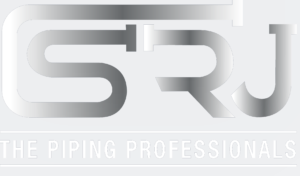Hygienic Maintenance Protocols
Modern hygienic piping requires specialized maintenance approaches:
Digital Twin Technology
Virtual replicas of piping systems allow predictive maintenance and cleaning optimization without physical inspection.
Automated CIP Validation
Smart sensors verify cleaning effectiveness in real-time, documenting every cycle for compliance reporting.
Modular Replacement
Quick-change components minimize downtime during maintenance or product changeovers.


